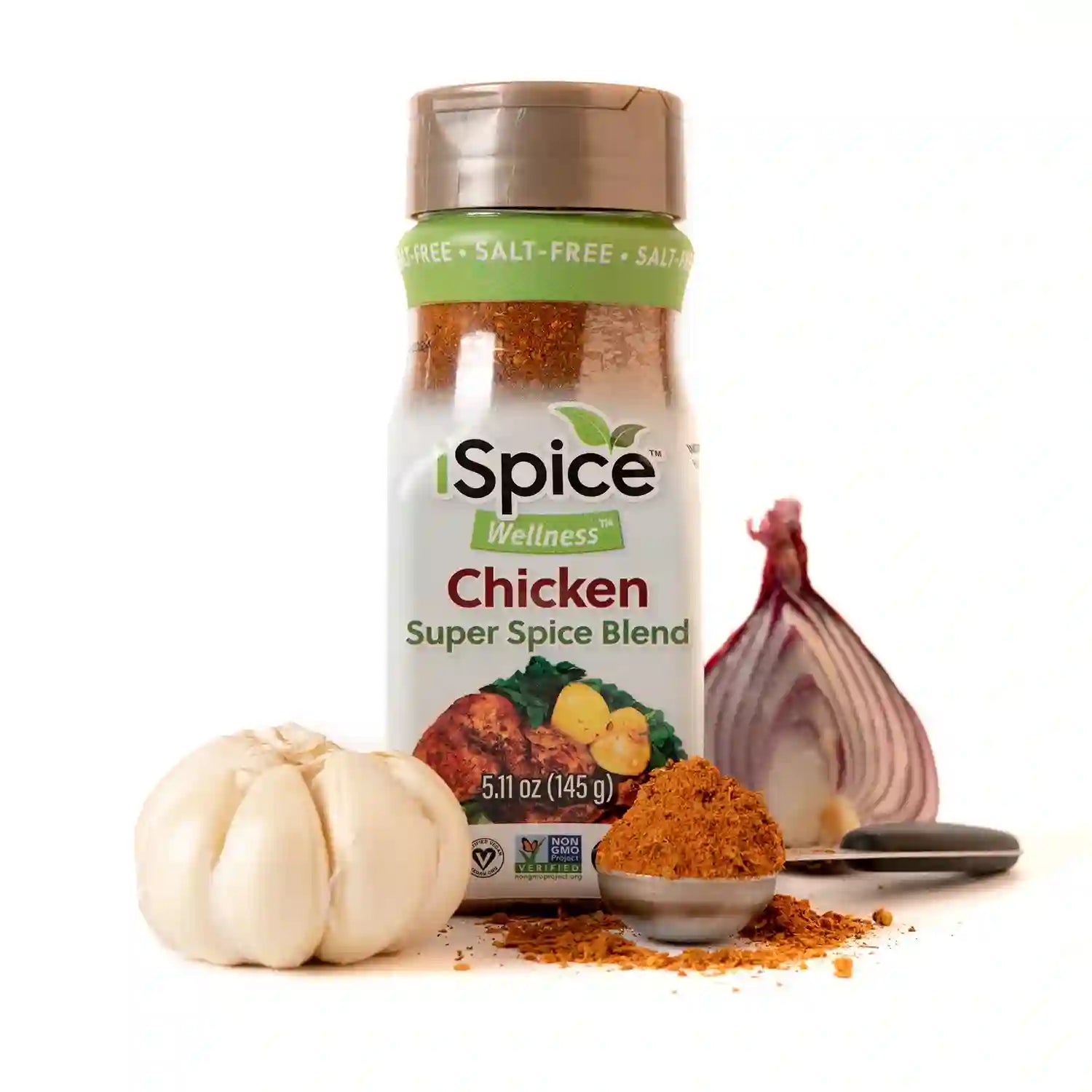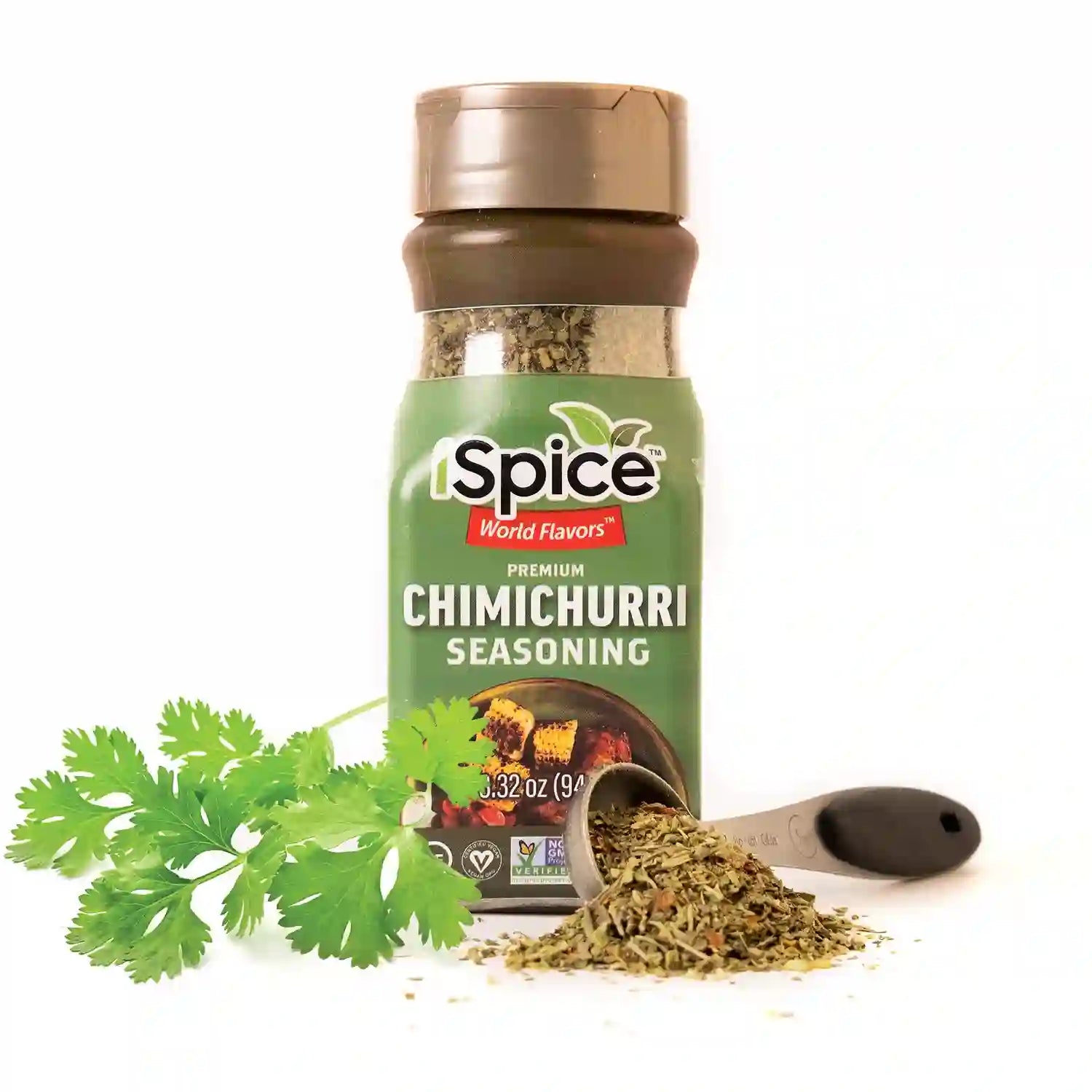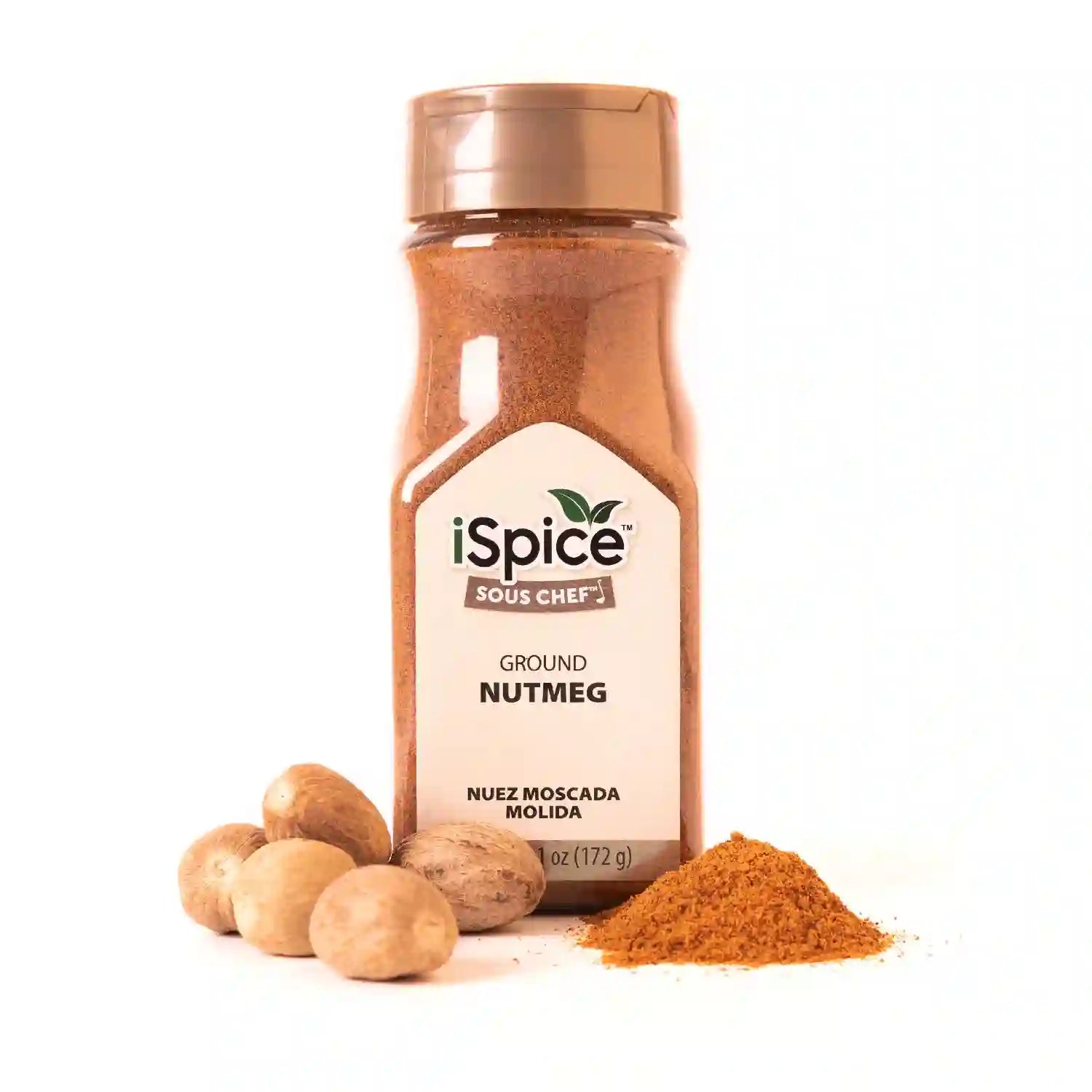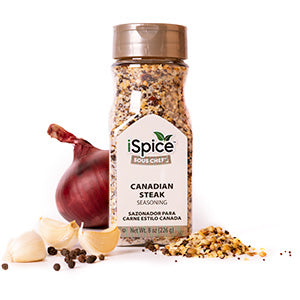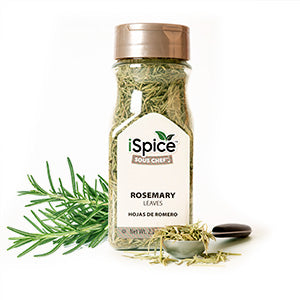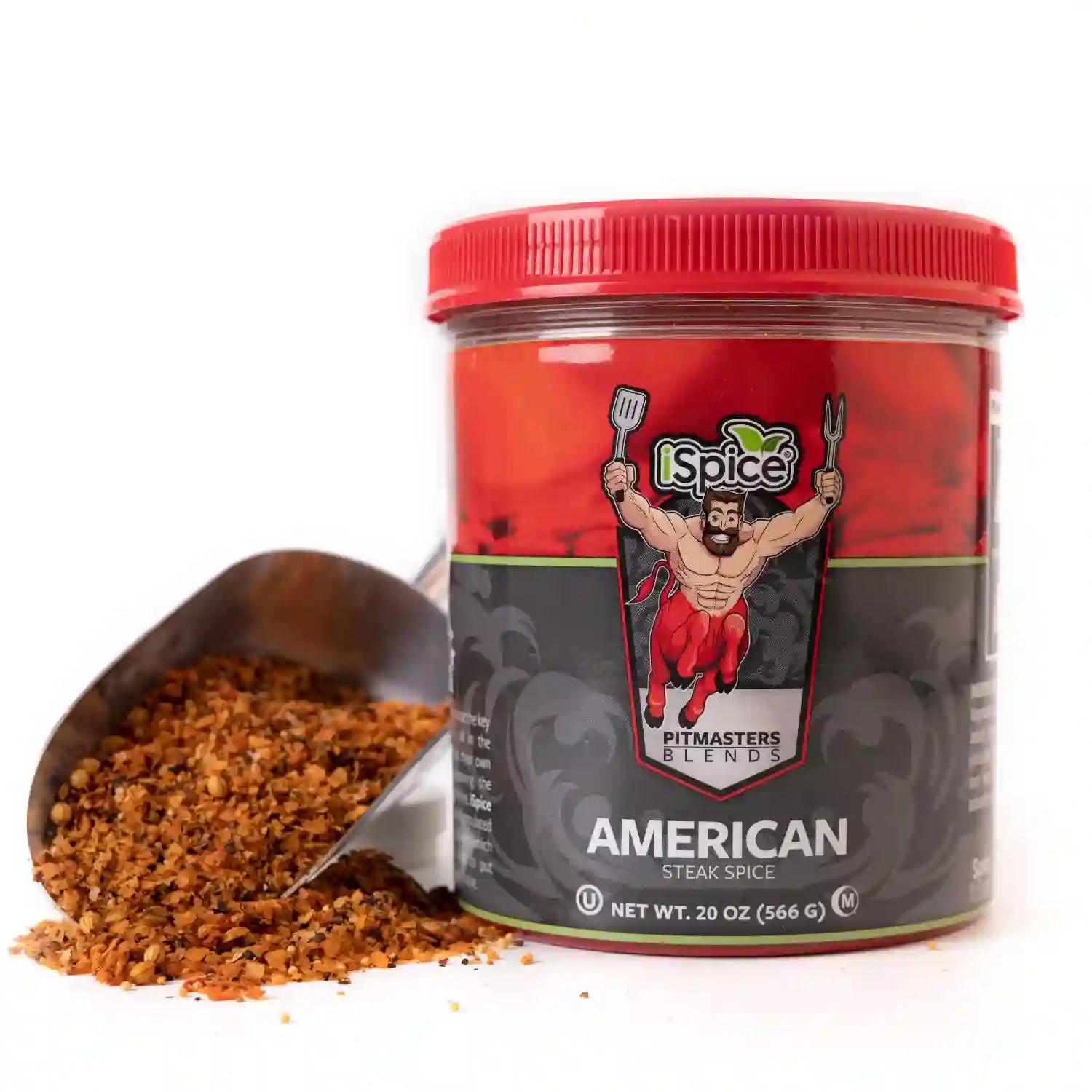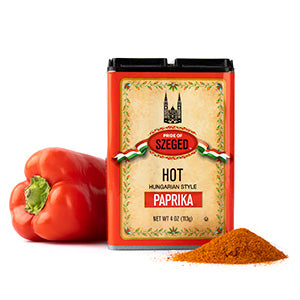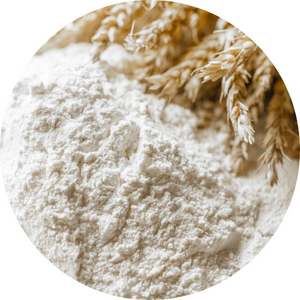
Introduction
Indian cuisine is renowned worldwide for its rich flavors and aromatic spices that create an explosion of taste in every bite. One such spice that plays a crucial role in enhancing the essence of Indian dishes is asafoetida. Known for its pungent aroma and umami flavor, asafoetida has been an integral part of Indian cooking for centuries. In this article, we delve deep into the significance of asafoetida, its usage in Indian culinary traditions, its health benefits, and much more.
Understanding Asafoetida - Nature's Culinary Treasure
Asafoetida, scientifically known as Ferula asafoetida, is a resinous gum obtained from the roots of certain perennial herbs. Native to the mountainous regions of Afghanistan and Iran, it has been cultivated and used in India for over 5,000 years. This spice is commonly referred to as "hing" in Hindi and holds a prominent position in Ayurveda, the traditional Indian system of medicine.
Historical Significance and Cultural Role
Throughout history, asafoetida has been valued not only for its culinary applications but also for its medicinal properties. Ancient texts like the Vedas mention its use as a remedy for various ailments, including digestive issues and respiratory problems. Additionally, asafoetida holds religious significance and is often used in Hindu rituals and ceremonies.
The Unique Flavor Profile of Asafoetida
Asafoetida boasts a strong and distinctive aroma that is often described as a combination of pungent garlic and savory onions. Despite its potent smell, when used in cooking, it transforms into a mellow and flavorful undertone that enriches the overall taste of the dish. It serves as an excellent substitute for those who avoid using onions and garlic in their meals.
Culinary Applications of Asafoetida
In Indian cuisine, asafoetida is typically used as a spice to add depth to various vegetarian and lentil-based dishes. It is especially popular in dishes like dal, sambhar, and various curries. Additionally, it is an essential component of various spice blends, such as garam masala, where it complements other spices like cumin, coriander, and cardamom.
Asafoetida in Regional Indian Cooking
Different regions in India have their unique ways of incorporating asafoetida into their dishes. For instance, in the southern states of Tamil Nadu and Kerala, it is often used in small quantities to temper dishes, whereas in the northern regions like Rajasthan, larger quantities are used to provide a robust flavor to the cuisine.
Modern Research and Scientific Studies
Modern research has shown promising results regarding the health benefits of asafoetida. Studies suggest that its anti-inflammatory properties may help reduce inflammation-related ailments like arthritis. Furthermore, its potential to lower blood pressure has garnered attention in the medical community.
Cooking with Asafoetida - Tips and Tricks
For those new to using asafoetida in their cooking, here are some valuable tips and tricks:
-
Start with Small Quantities: Asafoetida is potent, so a pinch or a small amount is usually sufficient to flavor a dish.
-
Temper it Right: To get the most out of asafoetida, temper it in hot oil or ghee before adding other ingredients.
-
Balance Flavors: Asafoetida works best when combined with other spices to create a harmonious blend of flavors.
-
Store it Correctly: To retain its potency, store asafoetida in an airtight container away from moisture and sunlight.
Frequently Asked Questions (FAQs):
Q: What does asafoetida taste like?
A: Asafoetida has a strong and pungent aroma reminiscent of garlic and onions. However, when used in cooking, it mellows down and adds a subtle umami flavor to the dishes.
Q: Is asafoetida safe for consumption?
A: Yes, when used in moderate amounts, asafoetida is safe for consumption. It has been used in Indian cuisine and Ayurvedic medicine for centuries without any significant adverse effects.
Q: Can asafoetida be used as a substitute for garlic and onions?
A: Absolutely! Asafoetida is an excellent alternative for those who cannot consume garlic and onions due to dietary or religious reasons.
Q: Does asafoetida have any medicinal properties?
A: Yes, asafoetida contains compounds with anti-inflammatory, anti-viral, and anti-bacterial properties, making it beneficial for health.
Q: How do I store asafoetida to keep it fresh?
A: To preserve its potency, store asafoetida in an airtight container away from moisture and direct sunlight.
Q: Can asafoetida help with digestive issues?
A: Yes, asafoetida has been traditionally used to aid digestion and alleviate bloating and gas-related problems.
Conclusion
Asafoetida, with its strong aroma and unique flavor profile, has been an essential part of Indian cuisine and culture for millennia. From its historical significance to its numerous health benefits, this spice continues to play a vital role in enhancing the taste of various dishes. Whether you are a seasoned cook or an adventurous foodie, exploring the wonders of asafoetida in Indian cuisine is sure to elevate your culinary experience.
Alert: While spices can have many beneficial properties for health, using them for medical purposes should be done under the guidance and supervision of a healthcare professional or specialist. Some spices may interact with medications or cause adverse reactions in certain individuals, and it is important to use them safely and appropriately. If you are considering using spices for a medical condition, it is important to consult with a healthcare professional before doing so.

